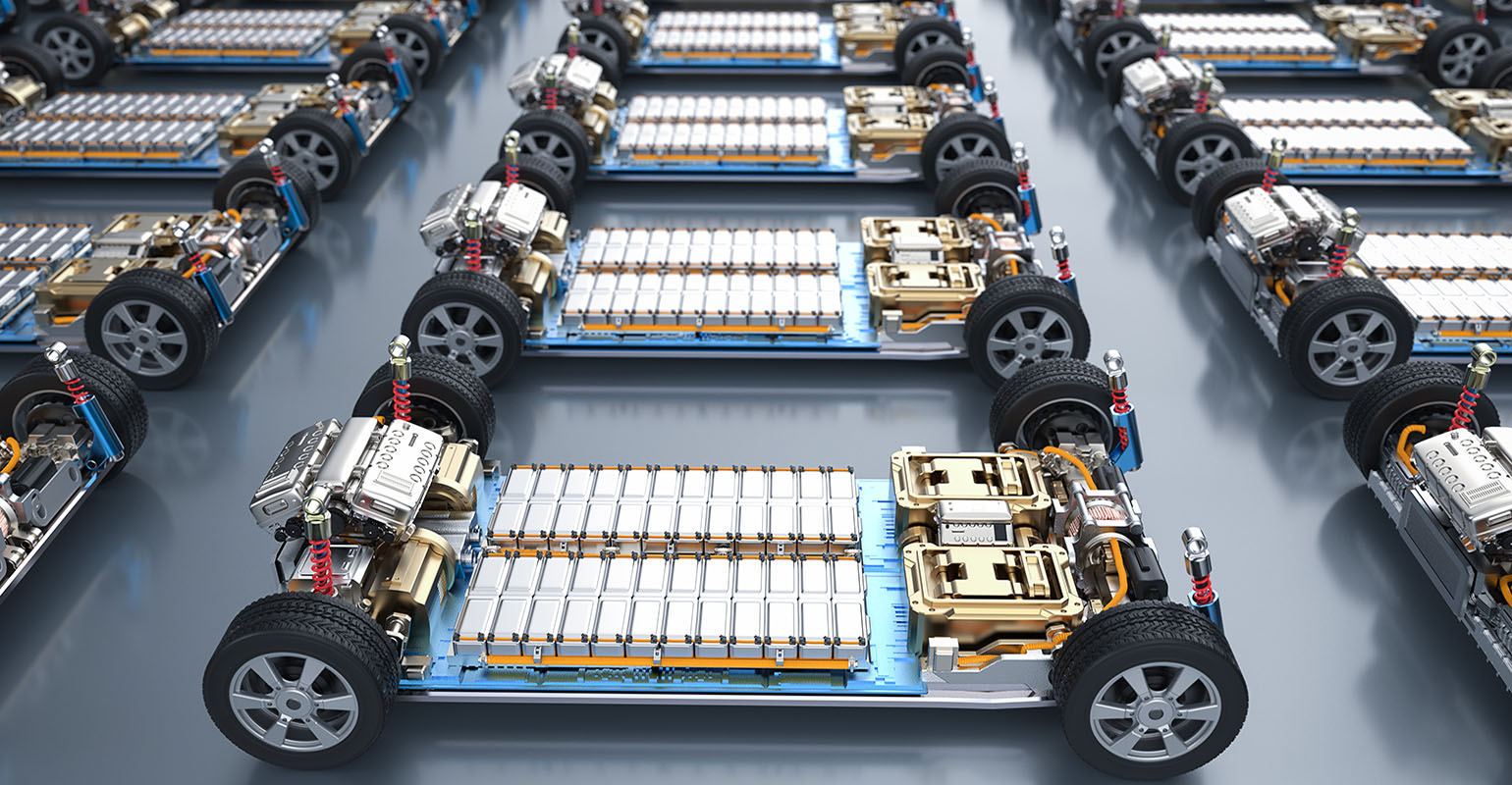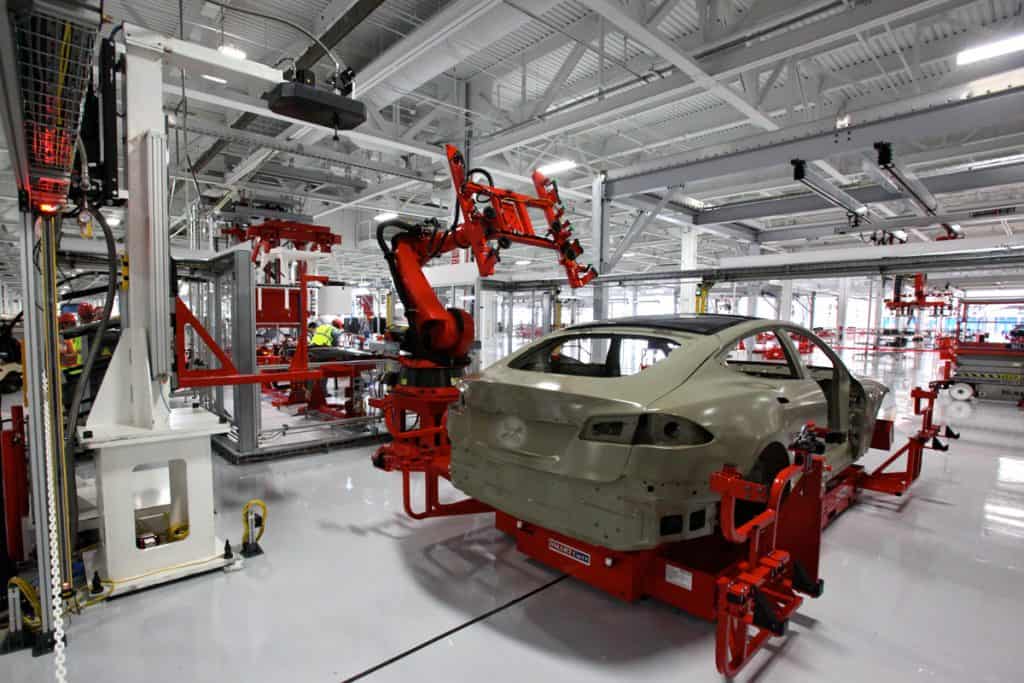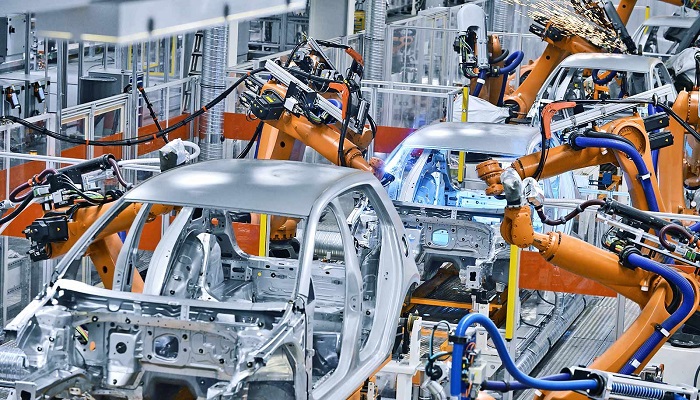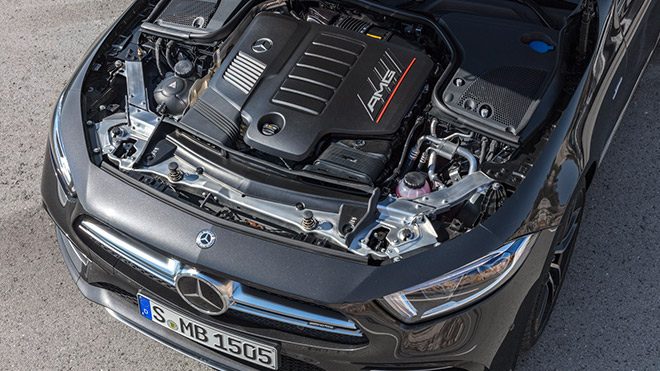Top Materials for EV Battery Casings and Their Benefits

EV battery casing materials The rapid rise of electric vehicles (EVs) has sparked a revolution in the automotive industry, prompting significant advancements in battery technology. Central to this evolution is the need for robust, reliable, and efficient EV battery casing materials. The casing not only protects the delicate components within the battery but also plays a crucial role in thermal management, safety, and overall performance. In this comprehensive guide, we will explore the top materials used for EV battery casings, their benefits, and their impact on the future of electric vehicles.

1. Introduction to EV Battery Casing Materials
The EV battery casing material is designed to fulfill several vital functions. It must safeguard the battery cells from external damage, provide a means for thermal regulation, and prevent chemical leakage while remaining lightweight for optimal vehicle performance. Selecting the right material is paramount to enhancing the efficiency, safety, and longevity of EV batteries.
2. Aluminum: The Lightweight Champion
Aluminum has emerged as one of the most popular choices for EV battery casing materials due to its excellent combination of strength, weight, and corrosion resistance. Here are some of its notable benefits:
2.1. Lightweight Nature
Aluminum is significantly lighter than many other metals, which is a crucial advantage in the automotive industry. A lighter battery casing contributes to improved vehicle efficiency and range, allowing for greater distances on a single charge.
2.2. High Strength-to-Weight Ratio
Despite its lightness, aluminum boasts an impressive strength-to-weight ratio. This characteristic ensures that the battery casing can withstand mechanical stresses and impacts without compromising the safety of the battery cells inside.
2.3. Corrosion Resistance
Aluminum naturally forms a protective oxide layer when exposed to air, making it highly resistant to corrosion. This property enhances the longevity of the battery casing, especially in environments where moisture or chemicals may be present.
2.4. Thermal Conductivity
Aluminum is an excellent conductor of heat, facilitating effective thermal management within the battery pack. This ability helps maintain optimal operating temperatures, enhancing battery performance and lifespan.
3. Steel: The Stalwart Defender
Steel has long been a staple in the automotive industry, and it remains a formidable contender among EV battery casing materials. Known for its durability and strength, steel offers several advantages:
3.1. Superior Strength and Impact Resistance
Steel is renowned for its strength, making it an excellent choice for applications requiring robust protection. The high impact resistance of steel casings can safeguard batteries against collisions and external pressures.
3.2. Cost-Effectiveness
Compared to other materials, steel is often more affordable. Its widespread availability and established manufacturing processes contribute to lower production costs, making it an attractive option for many EV manufacturers.
3.3. Modifiability
Steel can be easily molded and shaped, allowing for a variety of design possibilities. This adaptability enables manufacturers to create customized battery casings that meet specific requirements, including various sizes and configurations.
3.4. Magnetic Shielding
In certain applications, steel’s magnetic properties can be beneficial. For instance, it can help shield sensitive electronics from external electromagnetic interference, enhancing the overall safety and reliability of the EV system.
4. Composite Materials: The Future of Battery Casings
Composite materials have gained traction in the automotive sector due to their lightweight properties and superior performance characteristics. These materials, which often combine plastics with fibers, provide a unique alternative for EV battery casing materials.
4.1. Lightweight and Durable
Composite materials are typically lighter than metals while offering comparable or even superior strength. This lightweight nature allows for more efficient energy consumption, leading to extended driving ranges for EVs.
4.2. Customizable Properties
Manufacturers can tailor composite materials to achieve specific performance attributes. By adjusting the type and ratio of fibers, as well as the resin used, composites can be designed to provide optimal thermal insulation, chemical resistance, and mechanical strength.
4.3. Enhanced Thermal Management
Some composite materials exhibit excellent thermal insulation properties. This characteristic can help maintain the battery’s optimal operating temperature, reducing the risk of overheating and enhancing performance.
4.4. Corrosion Resistance
Many composites are resistant to corrosion and chemical degradation, ensuring that the battery casing remains intact and functional over time. This resistance is particularly advantageous in harsh environments where traditional metals may suffer.
5. Thermoplastics: The Versatile Choice
Thermoplastics have emerged as a viable option for EV battery casing materials, offering flexibility, durability, and various benefits:
5.1. Lightweight Design
Thermoplastics are significantly lighter than metals, contributing to the overall weight reduction of the EV. A lighter vehicle can achieve better efficiency and performance, which is particularly vital in electric vehicle design.
5.2. Impact Resistance
Certain thermoplastic materials possess high impact resistance, allowing them to absorb shocks effectively. This property can protect sensitive battery components from damage during accidents or rough handling.
5.3. Easy Manufacturing
Thermoplastics are easier to mold and manufacture compared to metals. This ease of production can lead to lower costs and faster manufacturing processes, making them attractive to automotive manufacturers.
5.4. Chemical Resistance
Many thermoplastic materials offer good resistance to chemicals and oils, safeguarding the battery from potential leakage or corrosion. This characteristic is vital for ensuring the long-term integrity of the battery casing.
6. Magnesium: The Lightweight Alternative
Magnesium is gaining attention as a lightweight alternative for EV battery casing materials. While less common, its unique properties can offer several advantages:
6.1. Ultra-Lightweight Nature
Magnesium is one of the lightest structural metals available, making it an excellent choice for applications where weight reduction is critical. A magnesium casing can significantly lower the overall weight of the battery pack.
6.2. High Strength
Despite its lightness, magnesium has a high strength-to-weight ratio, providing robust protection for the battery cells. This combination of properties makes it suitable for high-performance electric vehicles.
6.3. Excellent Thermal Conductivity
Magnesium exhibits excellent thermal conductivity, allowing for efficient heat dissipation from the battery cells. This property helps maintain optimal operating temperatures, enhancing performance and longevity.
6.4. Environmentally Friendly
Magnesium is abundant and can be recycled more easily than many other metals. This sustainability aspect aligns with the environmental goals of the electric vehicle industry.
7. The Role of Battery Management Systems (BMS)
While the EV battery casing material is vital, the effectiveness of the casing is often enhanced by the integration of sophisticated Battery Management Systems (BMS). A BMS monitors and manages the performance of the battery, ensuring safe operation and maximizing efficiency. Key functions of a BMS include:
7.1. Temperature Regulation
The BMS continuously monitors the battery temperature, providing critical data that helps maintain optimal operating conditions. If temperatures exceed safe limits, the BMS can take corrective actions, such as reducing power output or activating cooling mechanisms.
7.2. State of Charge (SOC) Monitoring
By accurately assessing the SOC, the BMS helps optimize battery usage, ensuring that the vehicle operates efficiently and that the battery is charged appropriately. This monitoring enhances the overall longevity and performance of the battery.
7.3. Safety Protocols
The BMS plays a crucial role in implementing safety protocols, including overcurrent protection, short-circuit prevention, and voltage regulation. These measures help prevent catastrophic failures and ensure the safe operation of the EV.
8. The Future of EV Battery Casings
As the electric vehicle market continues to grow, the demand for advanced EV battery casing materials will increase. Manufacturers are exploring innovative materials and technologies to enhance performance, safety, and sustainability.
8.1. Research and Development
Ongoing research in material science is paving the way for the discovery of new, high-performance materials suitable for battery casings. Researchers are focusing on lightweight composites, bio-based materials, and nanotechnology to develop superior solutions.
8.2. Sustainable Practices
Sustainability is becoming a central theme in the automotive industry. Manufacturers are increasingly prioritizing the use of recyclable materials and environmentally friendly manufacturing processes in their battery casing designs.
8.3. Advanced Manufacturing Techniques
Technological advancements, such as 3D printing and automated manufacturing processes, are set to revolutionize the production of EV battery casing materials. These techniques can reduce waste, enhance precision, and enable the creation of complex designs.
EV battery casing materials
The choice of EV battery casing material is critical to the performance, safety, and longevity of electric vehicles. From aluminum’s lightweight durability to the advanced properties of composite materials, each option presents unique advantages that cater to the demands of modern electric vehicles. As the industry evolves, ongoing research and development will lead to innovative materials and manufacturing techniques, driving further advancements in battery technology.
Understanding the materials that comprise EV battery casings not only sheds light on their essential roles but also empowers consumers and manufacturers to make informed decisions. The future of electric vehicles hinges on the continued refinement and innovation of battery technologies, and the right casing materials will play a pivotal role in shaping this electrifying journey. Embracing these advancements will lead to safer, more efficient, and environmentally friendly electric vehicles, paving the way for a sustainable automotive future.



